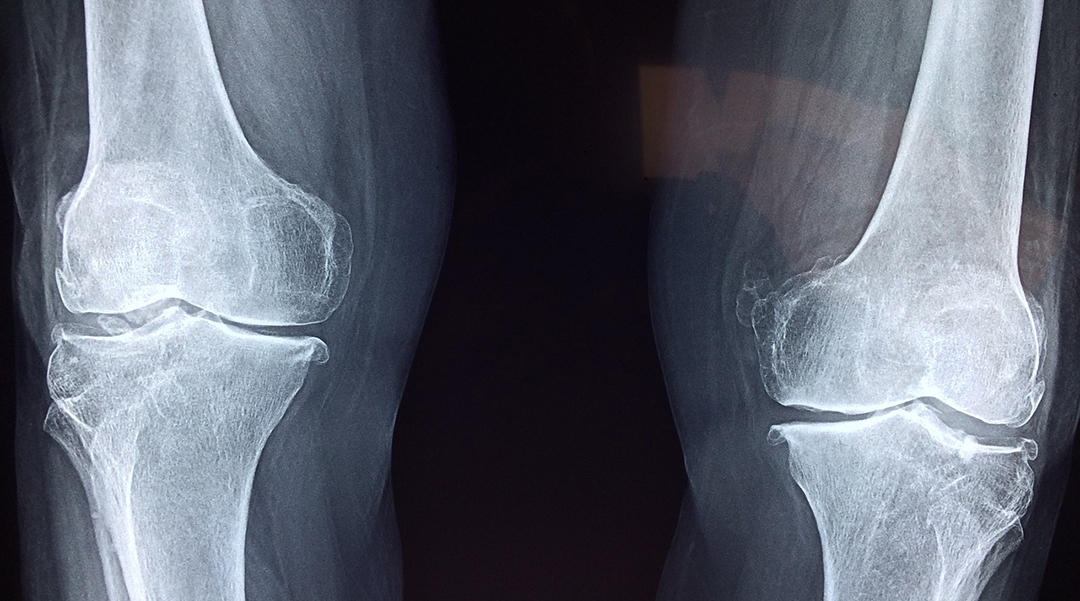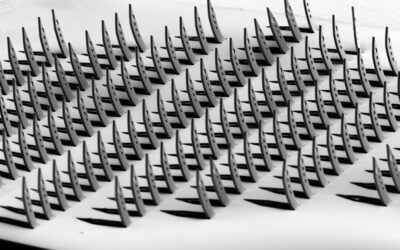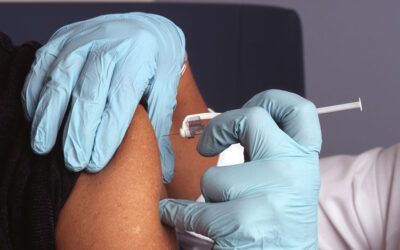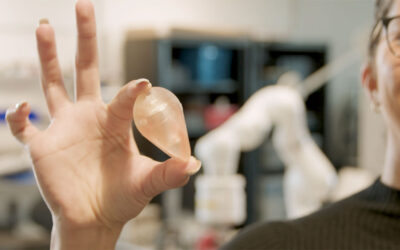Implants used to repair bone damage integrate better with the body when researchers take into account a fundamental property of the molecules that make up life: chirality.
Chirality is a natural property where molecules can exist as right-handed or left-handed mirror images of themselves. While they have the same chemical properties, they can’t be superimposed on each other.
Biologist have found that living organisms are often comprised of only one form of a chiral molecule. For example, the amino acids in every living organism are almost all left-handed. This phenomenon, sometimes referred to as biological homochirality, is a hallmark of living things.
However, bones are made of different levels of multiple components and as Chao Zhou at the Shanghai Engineering Research Center for Orthopedic Material Innovation and Tissue Regeneration discovered, these components are surprisingly chiral.
“The main components are collagen and hydroxyapatite, and the levels mainly include multi-scale assemblies ranging from the atomic level to the nanometer, micrometer, and macroscopic levels,” explained Chao Zhou. “Different levels exhibit different chiralities,” said Zhou. “For instance, all the amino acids constituting collagen are left-handed, while a single collagen fiber is right-handed helical.”
Bone implants, commonly used to repair damaged bones in patients with osteoporosis or other degenerative conditions, are made from hydroxyapatite which, like natural hydroxyapatite, doesn’t have chiral structure.
According to Zhou, these implants do stimulate some bone growth. “However, from the perspective of the structural microenvironment, these hydroxyapatite materials do not have the chiral multi-level structure of natural bone minerals, that is, the biological adaptability is insufficient and the match with the host bone is poor,” he explained.
To see if chiral versions work better the team produced three types of hydroxyapatite: one that was not chiral, one left-handed, and one right-handed as well as a version of hydroxyapatite that contains a mix of both versions.
The different hydroxyapatite materials were then deposited onto the titanium nails typically used in bone implants, and the team observed how well they integrated.
“We found that L-chiral hydroxyapatite can significantly promote the integration of titanium nails with the host bone,” said Zhou. While the results are promising, Zhou concedes that several questions remain. For example, at what scale or on what level does this matching occur?
To better understand why chirality improved the bone implants, the team measured the response of the immune system at the implantation site as these cells dictate healing and regeneration. Left-handed hydroxyapatite induced several changes, which included increased blood vessel and nerve fibre growth that ultimately improved bone growth and integration of the implant.
While Zhou believes the medical field is just beginning to understand how chirality effects organisms producing chiral bone implants is feasible. “It will not increase the cost much, and the technical requirements are not high either, nor are the requirements for production conditions.”
Reference: Liang Yang, et al. Chirality-induced hydroxyapatite manipulates enantioselective bone-implant interactions toward ameliorative osteoporotic osseointegration, Advanced Science (2024). DOI: 10.1002/advs.202411602
Feature image credit: Dr. Manuel González Reye on Pixabay

















